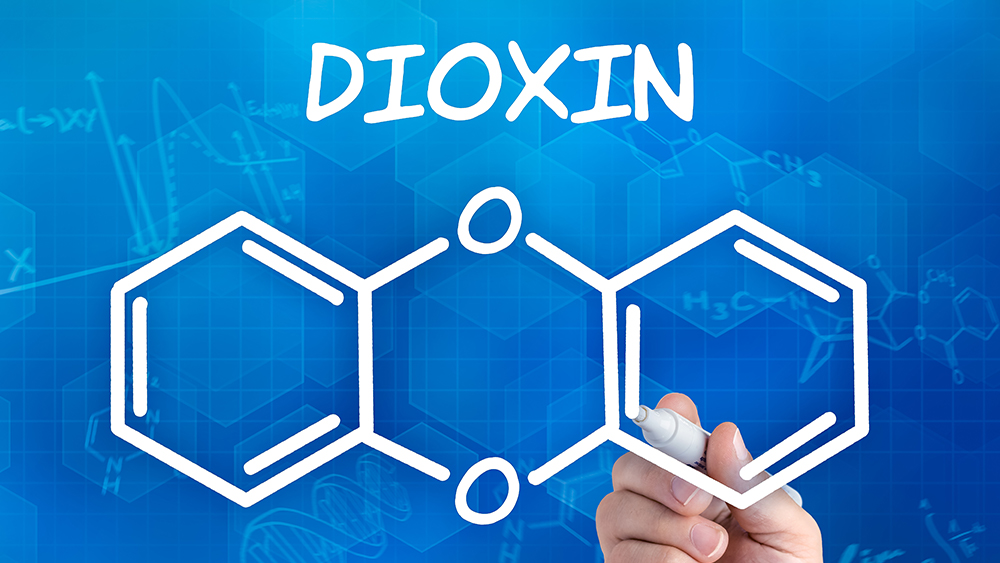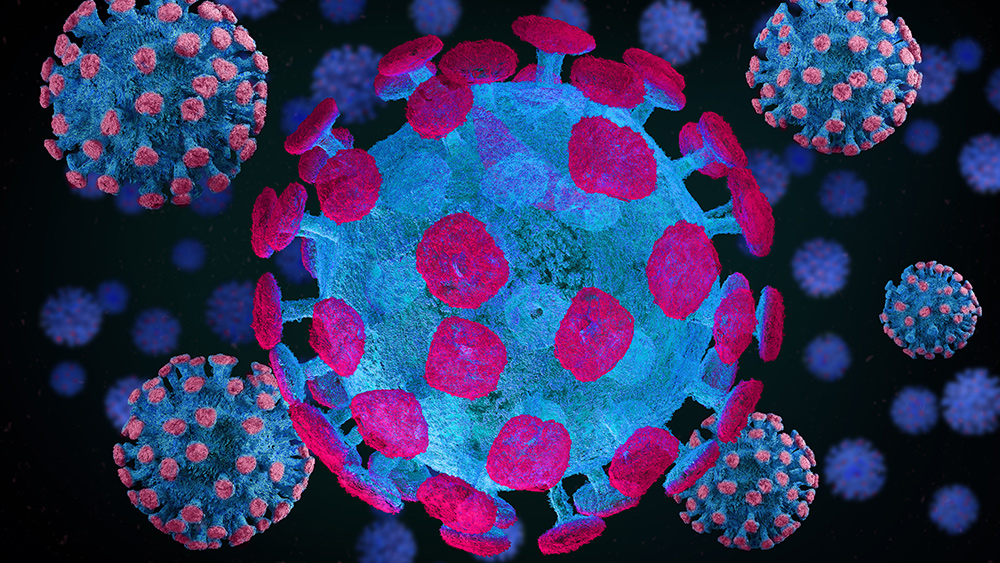
Garden mum: Garden mum is one of the best air-purifying plants found by NASA. This plant can get rid your home of benzene, formaldehyde, ammonia, and xylene. Garden mum is common and inexpensive and can be bought at garden stores. You can also plant it outdoors once the winter season ends.
Peace lily: If you want a more visually pleasing plant, you may opt for a peace lily. This plant can eliminate formaldehyde, ammonia, trichloroethylene, and ammonia pollutants from the air. The peace lily also has a high transpiration rate, which means it can both purify and humidify indoor air. This plant is easy to take care of because it tolerates neglect. It is best to put it in indirect sunlight and high humidity, but it will grow in semi-sunlight or semi-shade. It should be thoroughly watered, then let it go moderately dry between waterings. Mist its leaves frequently with warm water and wash them occasionally to prevent pests such as scale insects and spider mites. If you are allergic to pollen, this plant may not be the best option for you; it produces flower during the summer, which comes with pollen.
Rubber plant: Rubber plant is one of the best plants for removing formaldehyde. It is also easy to take care of because it can survive with very little light and can tolerate cooler temperatures as low as 40 degrees Fahrenheit for short periods. However, avoid putting it in direct sunlight, especially in summer. When pruning, wear gloves because its milky sap may irritate your skin. During winter, keep it slightly moist because it does not tolerate overwatering.
Spider plant: If you're looking for a houseplant that will clean and purify the air and is easy to take care of and grow, spider plant is the plant for you. This plant is one of the easiest houseplants to grow, which makes it a great choice for beginners and those who lack a green thumb; just place it in indirect sunlight. This plant will produce flowers that eventually grow into baby spider plants or spiderettes. It will filter pollutants such as formaldehyde and xylene out of the air.
The importance of keeping indoor air clean
The U.S. Environmental Protection Agency says indoor air pollution is one of the top five health threats today. Indoor air pollution is probably one of the most overlooked threats to human health. Pollutants in the air, such as toner dust, car exhausts, and dust mite allergens, may not be clearly seen with the naked eye because they are too small, but they largely affect health negatively. Because they are so small, they pass through the natural defenses of the body. These toxins can reach the bloodstream and then every part of the body through the nose and lungs. Many global studies have demonstrated how air pollution affects everyone from an unborn child to the elderly. Studies have reported that poor indoor air quality increases asthma symptoms as well as causes headaches, fatigue, nausea, allergic reactions, hormone imbalances, and liver, kidney or central nervous system damage. Indoor air pollution has also been found to cause cancer.
Sources include:
Please contact us for more information.






















